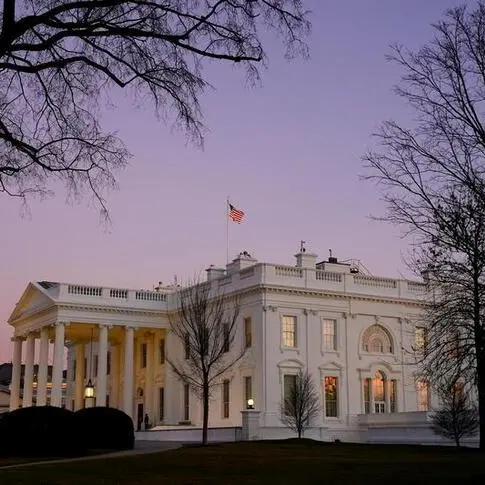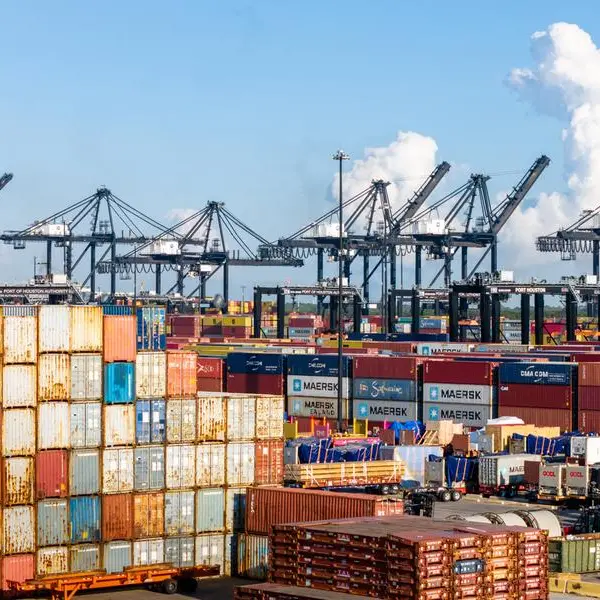PHOTO
Federal Reserve Bank of Boston President Susan Collins said Wednesday that while there are signs of progress in cooling inflation, now is a time for the central bank to proceed carefully when it comes to its next monetary policy steps.
“The risk of inflation staying higher for longer must now be weighed against the risk that an overly restrictive stance of monetary policy will lead to a greater slowdown in activity than is needed to restore price stability,” Collins said in a speech text. “This context calls for a patient and careful, but deliberate, approach to policy, allowing time to assess the effects of policy actions to date, and then acting appropriately.”
Collins added that patience does not mean the Fed won’t be resolute in its choices or that there’s some softness in pursing its 2% inflation target, instead it will take "time to ensure that the economy is on a clear trajectory to achieve price stability.”
Collins spoke as central bankers and markets are debating whether the Fed has reached the end point for a historically aggressive rate rise campaign. From near zero rates in March 2022 the Fed has moved its short-term target rate up aggressively, and after July’s rate rise, it now stands at between 5.25% and 5.50%.
Fed officials generally agree high levels of inflation are coming down, even as price pressures are still elevated. Meanwhile, the job market has also shown some signs of cooling down.
The current state of the economic landscape suggests the Fed may be done with raising rates but officials who have spoken in recent weeks have been cautious and said they’ll be taking in more data before deciding what’s next.
Collins does not have a vote this year on the rate setting Federal Open Market Committee, which next meets on Sept. 19-20 in a gathering that’s not seen as resulting in a rate increase.
PRESSURES REMAIN
In her remarks, Collins said “while we are seeing some signs of moderation, demand continues to outpace supply, creating price pressures,” and she noted that service sector price pressures have not moderated as quickly as those for goods.
“My view is that it is just too early to take the recent improvements as evidence that inflation is on a sustained path back to 2%,” the official said.
On the jobs front, Collins said demand for workers continues to outstrip supply and wage growth remains elevated. She noted “rebalancing demand and supply in the labor market has some way to go.”
While Collins did not say what she wants the Fed to do next with rates, she said she’s hopeful the central bank can achieve its goals without causing too much economic stress.
The current stance of monetary policy should “temper” demand and “I do not believe a significant slowdown is required,” Collins said. “Price stability is achievable with an orderly slowdown and only a modest unemployment rate increase – ideally preserving some of the favorable labor supply dynamics.”
The officials also said “I do expect to see slowing growth by the end of this year and throughout 2024” and that there was evidence this was already happening.
(Reporting by Michael S. Derby; Editing by Chizu Nomiyama)























